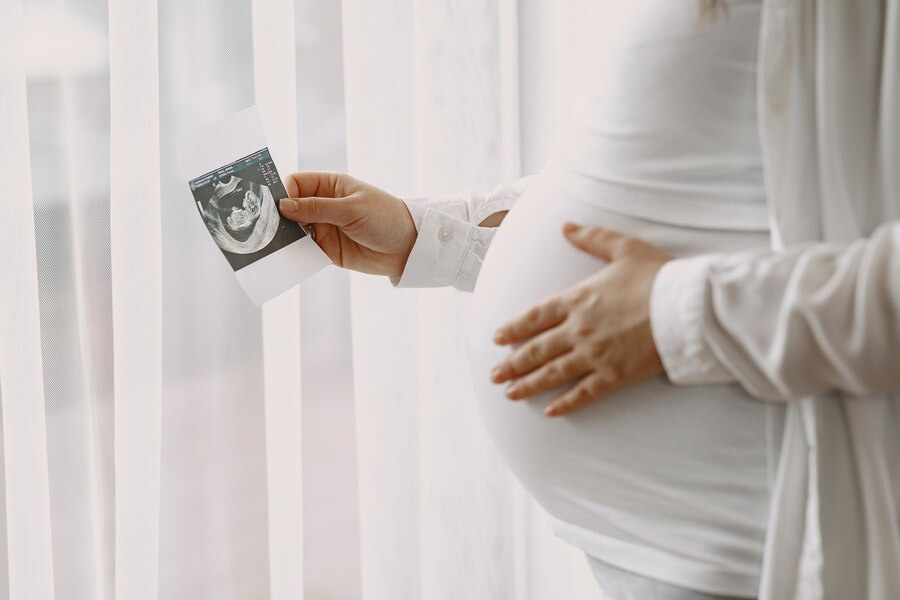
Unveiling the Union Budget 2024 in the Parliament today, Nirmala Sitharaman, Finance Minister, New Delhi allocated INR 89,155 crore to the Ministry of Health and Family Welfare (MoHFW), laying focus on materal and child healthcare.
Table of Content:-
She said, “All maternal and child healthcare schemes will be brought under one comprehensive scheme.” This will unable the Ministry to increase their supervision and make sure all such schemes are being followed to the D. The budget has largely received praise from healthcare industry.
Commenting on the budget, Amol Naikawadi, Joint Managing Director and Preventive Health Specialist, Indus Health Plus told the team of OnlyMyHealth, “The 2024 Union budget combines optimism with cautious reflection for healthcare, underscoring the importance of enhancing healthcare delivery systems.”
Chiming in, Dr Sanjeev Singh, Medical Director, Amrita Hospital, Faridabad also shared with the team of OnlyMyHealth, “The government's commitment to preventive healthcare is commendable. Consolidating maternal and child care schemes under a comprehensive program is a strategic move that will enhance efficiency.”
While the government move towards strengthening maternal healthcare is commendable, it also important for the masses to know the risk factors that add to maternal mortality. This is because, approximately 1.38 lakh women were dying every year on account of complications related to pregnancy and child birth, according to MoHFW. Here are some risk factors of maternal mortality.
Also Read: The Number Of Women Who Died During Pregnancy And Childbirth Doubled Between 1999 To 2019: Study

Hemorrhage
Postpartum hemorrhage, or excessive bleeding after childbirth, is a leading cause of maternal mortality, not just in India but also worldwide. According to the World Health Organisation (WHO), 14 million women experience post partum haemorrhage, causing 70,000 maternal deaths globally each year.
Delayed access to emergency obstetric care and inadequate healthcare infrastructure contribute to the severity of this condition.
Hypertensive Disorders
Conditions like pre-eclampsia and eclampsia can lead to dangerously high blood pressure during pregnancy, posing a serious threat to both the mother and the unborn child. According to research led by Columbia University, hypertension is the most common pregnancy disorder, complicating 5% to 10% of all pregnancies. Timely monitoring and management are crucial in preventing adverse outcomes.
Infections
Infections, especially those affecting the reproductive organs, can escalate rapidly during pregnancy. Lack of awareness, poor hygiene, and limited access to quality healthcare contribute to the prevalence of infections that can lead to maternal mortality.
Anemia
Anemia is a common health issue among pregnant women, primarily due to nutritional deficiencies. As per WHO, 37% of pregnant women develop anaemia globally. Severe anemia can lead to complications during childbirth, making it essential to address and manage iron-deficiency anemia during pregnancy.
Also Read: 1 in 10 Babies Are Born Prematurely Across The World: WHO Report
Obstructed Labour
In rural areas, limited access to skilled birth attendants and emergency obstetric care can result in prolonged and obstructed labour, which according to a study published in PLOS ONE happens because the size of the fetus is too large for the mother’s birth canal to be push out despite regular contractions.
The study informed that obstructed labour complicates approximately 9% of all pregnancies and can cause uterine rupture or fistula, increasing the risk of maternal mortality.
Unsafe Abortions
Unsafe abortions contribute significantly to maternal mortality rates in India. The ‘Reviews in Obstetrics & Gynecology’ stated that 68,000 women die of unsafe abortions annually, accounting for 13% of the maternal mortality cases.
Restrictive abortion laws, stigma, and lack of access to safe abortion services drive women to resort to unsafe methods, risking their lives.
Malnutrition
Poor maternal nutrition is a persistent challenge in many parts of India. Malnourished mothers are more prone to complications during pregnancy and childbirth, significantly increasing the risk of maternal mortality.
Also Read: Obesity Increases The Impact Of Pregnancy Complications On The Heart: Study

Addressing maternal mortality in India requires a comprehensive approach that tackles the underlying diseases and the systemic challenges in the healthcare system. Thankfully Nirmala Sitharaman highlighted this crucial arena of healthcare that deserves all the attention. Improving access to quality healthcare, promoting awareness, and addressing socio-economic factors are essential steps toward reducing maternal mortality and ensuring the well-being of mothers across the country.
Also watch this video
Read Next
Doctor Explains Why Anaemia Is Underdiagnosed In Pregnant Women And The Health Risks It Carries
How we keep this article up to date:
We work with experts and keep a close eye on the latest in health and wellness. Whenever there is a new research or helpful information, we update our articles with accurate and useful advice.
Current Version